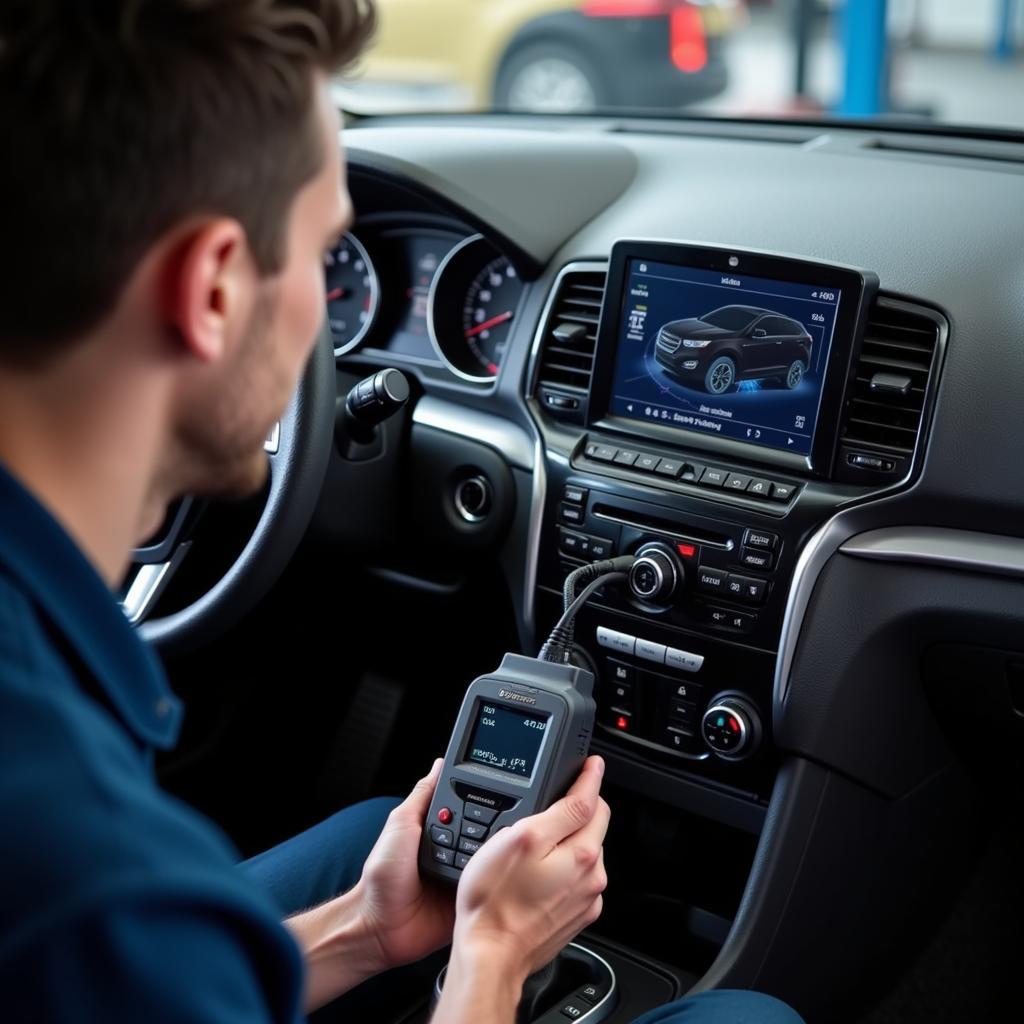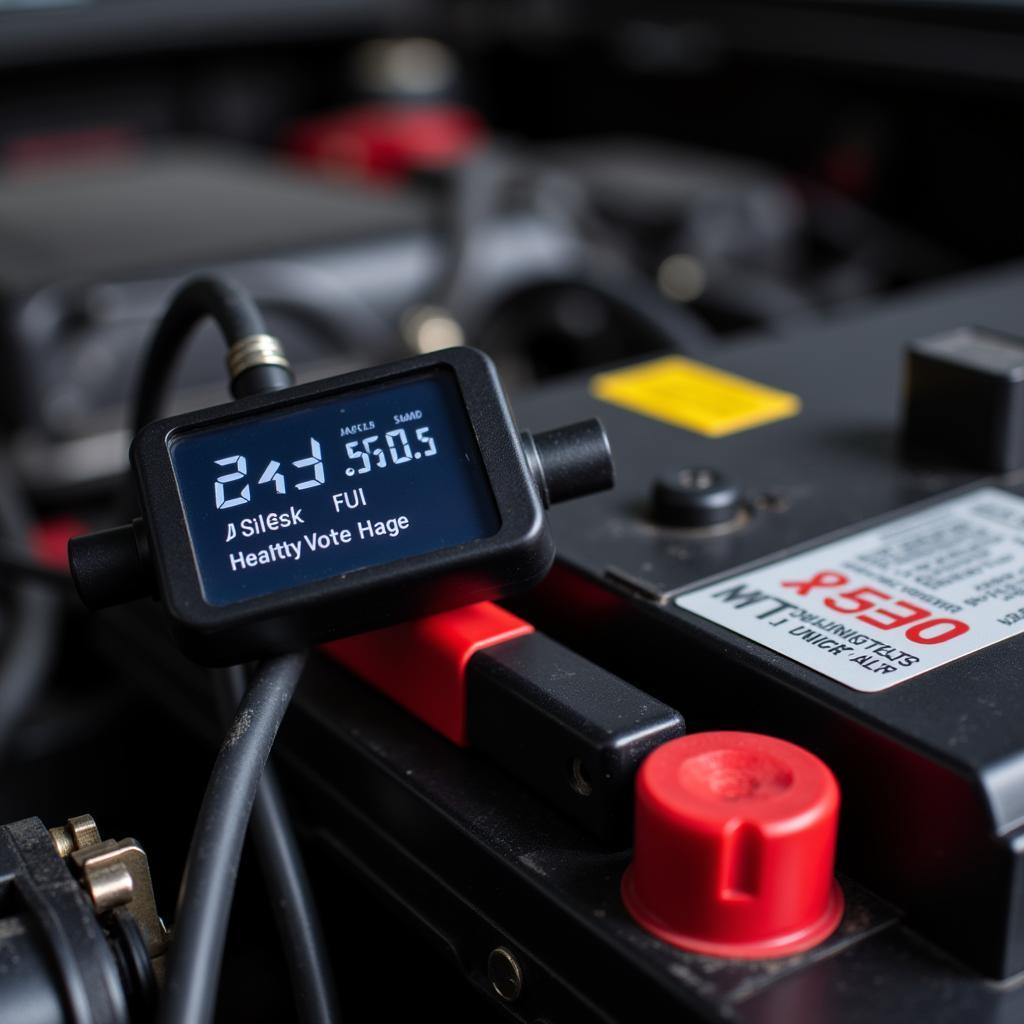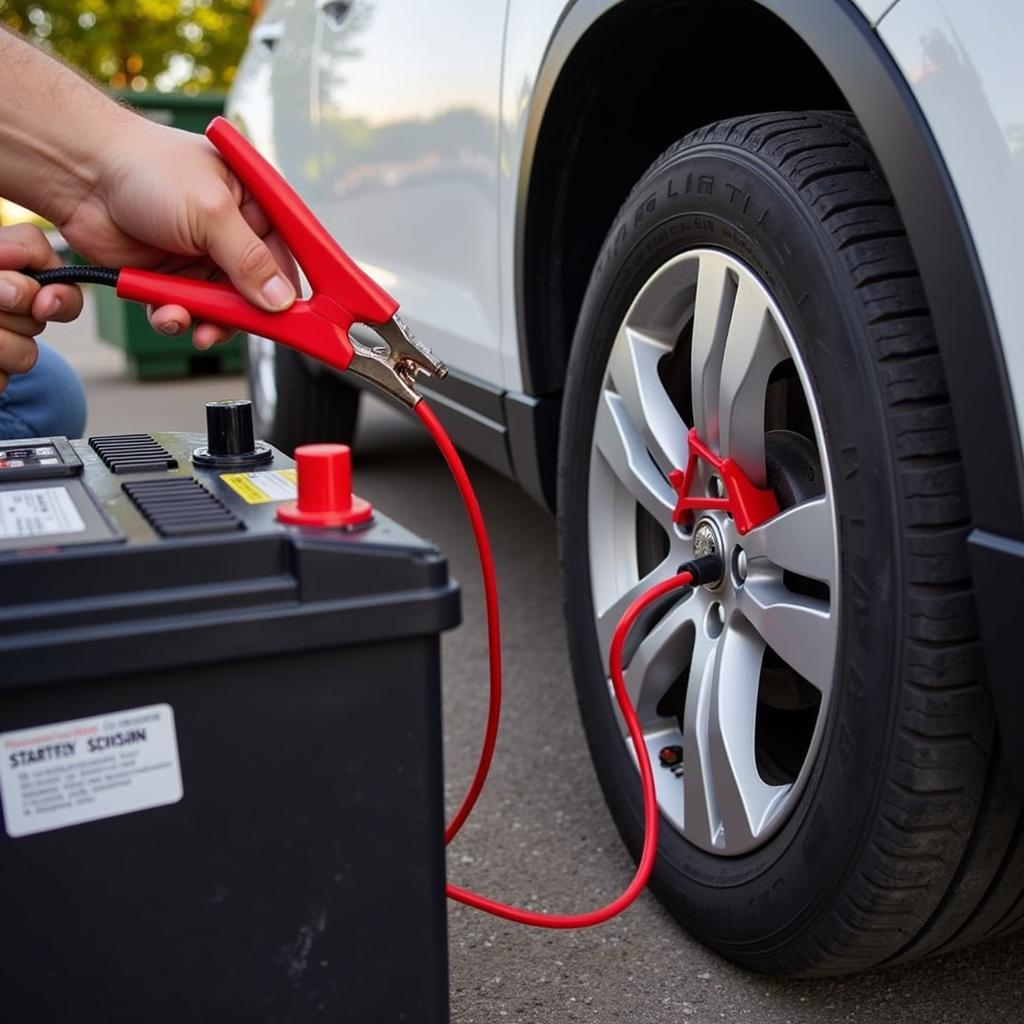The electromechanical steering warning light, often appearing as a steering wheel icon with an exclamation mark or a message on your dashboard, can be a cause for concern. This light signals a problem with your car’s electric power steering system, which assists you in turning the steering wheel with ease. Ignoring this warning light can lead to a sudden loss of power steering, making it difficult and potentially dangerous to steer your vehicle, especially at low speeds.
Let’s delve into the common causes of this warning light illuminating and explore the steps you can take to diagnose and address the issue.
Understanding Your Car’s Electromechanical Steering System
Before we dive into troubleshooting, it’s helpful to understand the basics of how your car’s electromechanical steering system works. Unlike traditional hydraulic power steering systems that rely on engine power, electromechanical steering utilizes an electric motor to provide steering assistance. This system offers several benefits, including improved fuel efficiency and a more responsive steering feel.
The system comprises several key components:
- Steering Angle Sensor: This sensor detects the position and angle of your steering wheel, sending this information to the Power Steering Control Module (PSCM).
- Power Steering Control Module (PSCM): The PSCM acts as the brain of the system, processing data from various sensors and controlling the electric motor to provide the appropriate level of steering assistance.
- Electric Motor: This motor generates the force needed to assist in turning the wheels based on the signals from the PSCM.
- Torque Sensor: This sensor measures the force you apply to the steering wheel, allowing the PSCM to determine the optimal level of assistance required.
When the electromechanical steering warning light comes on, it typically indicates a fault detected in one or more of these components.
Common Causes of the Electromechanical Steering Warning Light
The illumination of the electromechanical steering warning light can stem from a range of issues, from minor glitches to more serious problems. Here are some of the most common culprits:
- Low Battery Voltage: The electromechanical steering system relies on a stable electrical supply. A weak or failing battery can disrupt the system’s operation, triggering the warning light.
- Faulty Steering Angle Sensor: If the steering angle sensor malfunctions and fails to send accurate data to the PSCM, it can cause the warning light to appear.
- Problem with the Power Steering Control Module: The PSCM itself can sometimes experience issues, either due to software glitches or component failure.
- Malfunctioning Torque Sensor: A faulty torque sensor can prevent the system from accurately gauging the amount of steering assistance needed.
- Wiring Issues: Damaged or corroded wiring within the steering system can disrupt communication between components, leading to system errors and the warning light.
Diagnosing the Problem: What to Do When the Light Comes On
When the electromechanical steering warning light appears on your dashboard, it’s crucial not to ignore it. Here’s a step-by-step guide on how to proceed:
- Check Your Battery: The first and easiest step is to check your battery’s voltage. A simple voltmeter can tell you if your battery is low. If the voltage is below the recommended level, jump-starting your car or charging the battery might be enough to resolve the issue.
- Inspect for Physical Obstructions: Ensure there are no obstructions hindering your steering wheel’s movement. Items lodged under the seats or pedals can sometimes interfere with the steering system.
- Consult a Professional: If the warning light persists after checking your battery and for obstructions, it’s highly recommended to consult a qualified mechanic specializing in automotive electrical systems. They possess the diagnostic tools and expertise to pinpoint the root cause of the problem.
 Mechanic Diagnosing Electromechanical Steering System
Mechanic Diagnosing Electromechanical Steering System
Remote Diagnostics and Software Solutions
Advancements in automotive technology have paved the way for remote diagnostics and software-based solutions for certain electromechanical steering issues. Some manufacturers offer remote diagnostic services where technicians can analyze your car’s data remotely to identify potential problems.
In some cases, software updates or recalibrations might be available to address software-related glitches in the PSCM or other components. These updates can often be performed remotely or at a dealership.
Importance of Timely Repair
Addressing electromechanical steering issues promptly is crucial for your safety and to prevent further damage to the system. Driving with a faulty power steering system can be dangerous, particularly at low speeds where more steering effort is required.
Furthermore, ignoring the warning light can lead to more costly repairs down the line if the problem escalates and damages other components.
Expert Insight
“Many people underestimate the importance of a healthy car battery for the proper functioning of modern car systems, including the electromechanical steering,” says John Miller, a seasoned automotive electrician with over 20 years of experience. “A simple battery check can often prevent unexpected and potentially dangerous steering issues.”
 Checking Car Battery Voltage
Checking Car Battery Voltage
Conclusion
The electromechanical steering warning light is a crucial indicator of a potential problem with your car’s steering system. While a simple battery issue might be an easy fix, more complex issues require the attention of qualified professionals. Remember, addressing these problems promptly ensures your safety and prevents more costly repairs in the future. Regular vehicle maintenance and timely attention to warning lights can go a long way in keeping your car running smoothly and safely for years to come.

